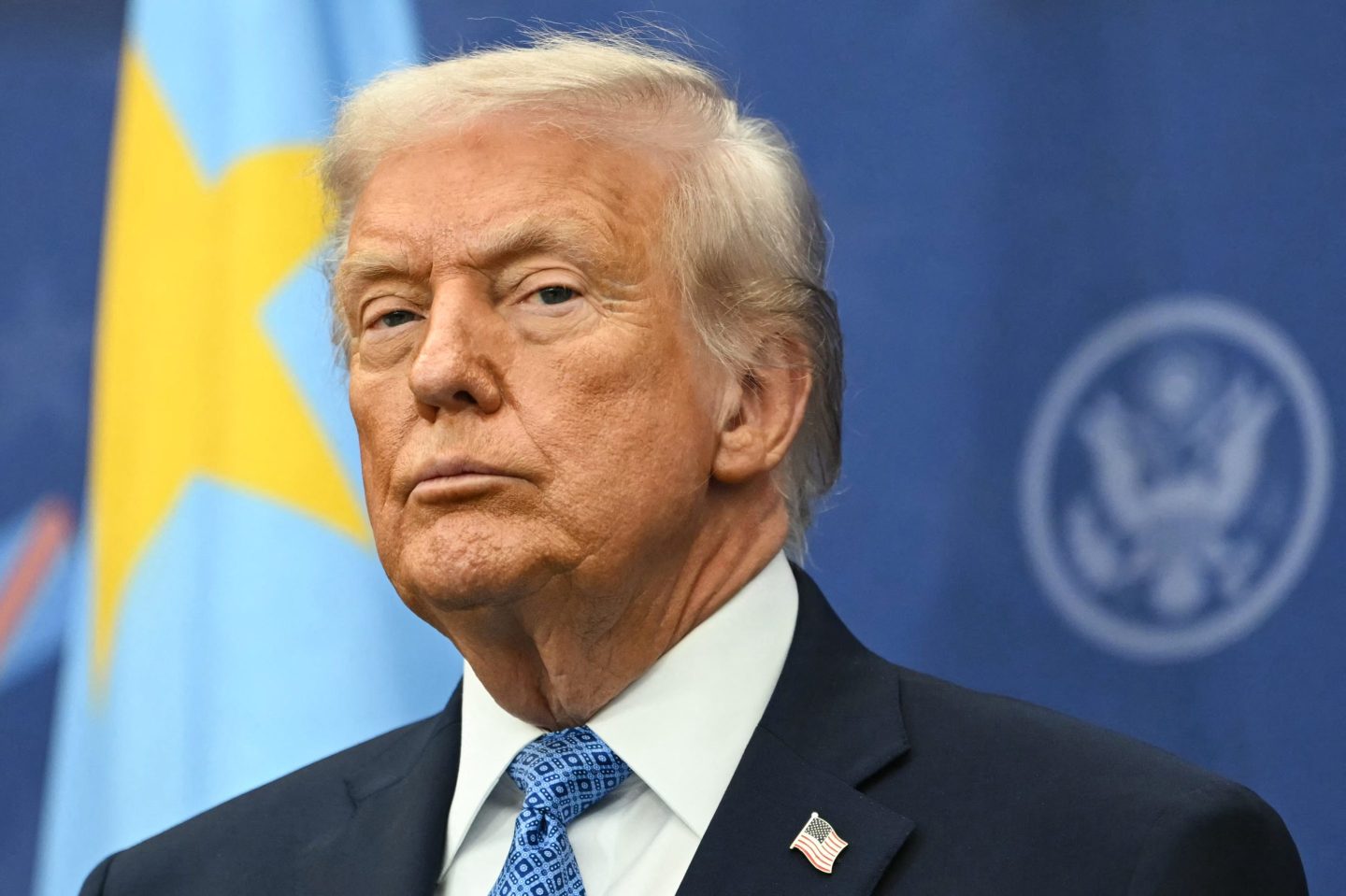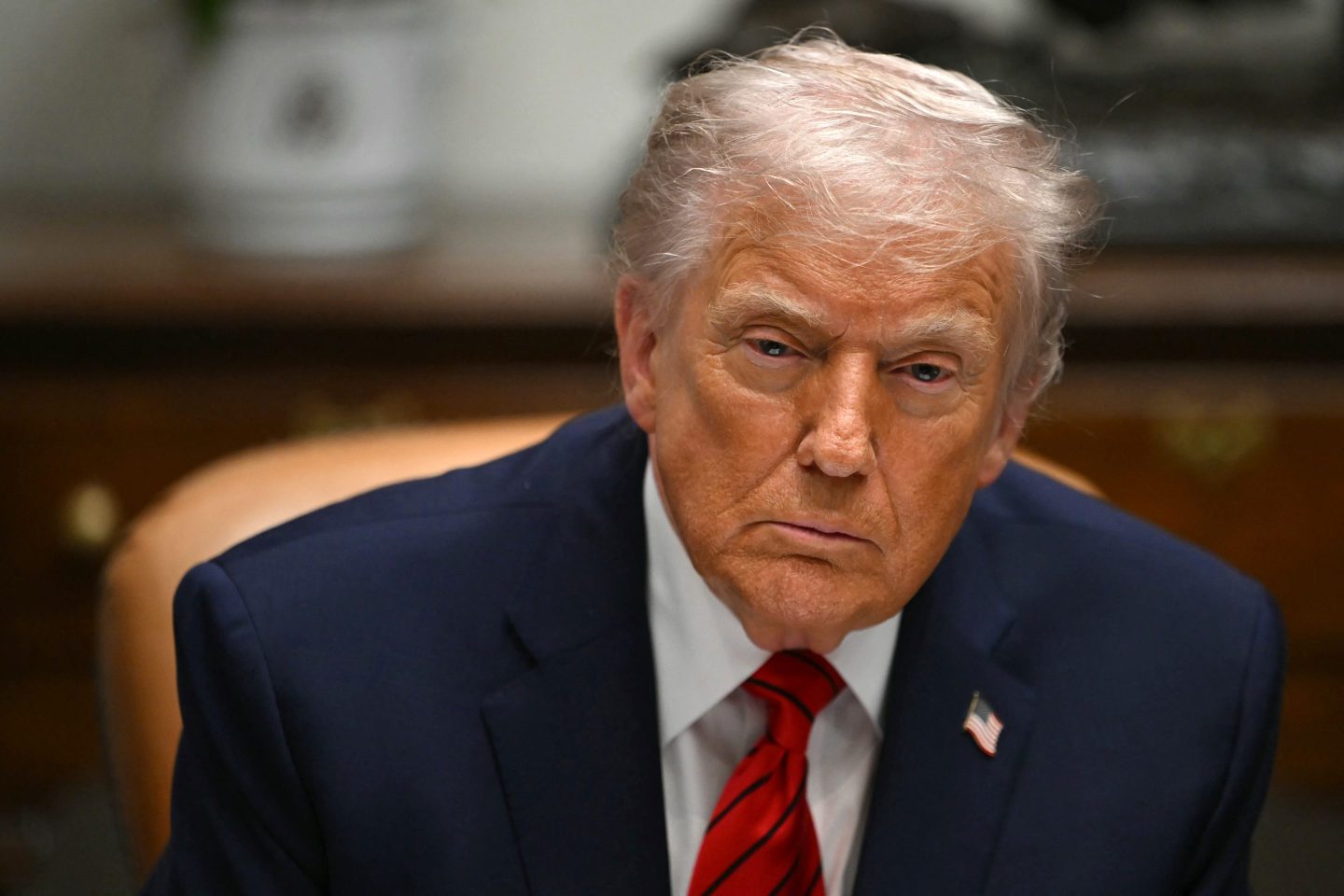What better symbol could there be for the age of Quantitative Easing?
The European Central Bank is installing something that looks suspiciously like a money tree outside its new headquarters in Frankfurt, Germany.
The 17 meter-high bronze and granite installation, titled Gravity and Growth, is the creation of Italian artist Giuseppe Penone. Halfway up the tree, before the trunk branches out, is a cluster of gilded leaves. Further up, among the branches, is another ball, which looks to the untrained eye like an oversized soccer ball that got stuck up there during a children’s game.
But first impressions are, of course, deceptive.
The tree “conveys a sense of stability and growth and is rooted in the humanist values of Europe in the most beautiful way”, according to Benoit Coeuré, the ECB director who chaired the jury that selected the work.
By anyone’s reckoning, it’s an improvement on the bedraggled Euro statue that used to stand outside the ECB’s old headquarters in downtown Frankfurt, before the central bank moved to its new and decidedly forbidding towers in the east of the city earlier this year.
President Mario Draghi’s own QE money tree shows no sign of losing its vigor any time soon. The Italian hinted at his regular press conference Thursday that the bank stands ready to expand its asset purchases if the Eurozone economy’s recovery slows down. The Eurozone could do with a little more Growth and a little less Gravity, after the bank revising down its GDP forecasts for next year and 2017 Thursday.
It blamed the recent weakness in emerging markets, which it said “have the potential to further affect global growth adversely via trade and confidence effects. Emerging markets are a key destination for Eurozone exports. The new estimates were compiled before China’s first devaluation in 21 years sent global markets into a panic, questioning the ability of the world’s second-largest economy to keep growing.







